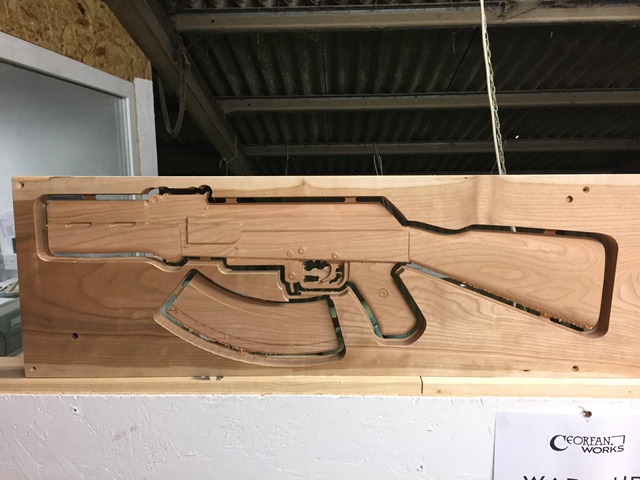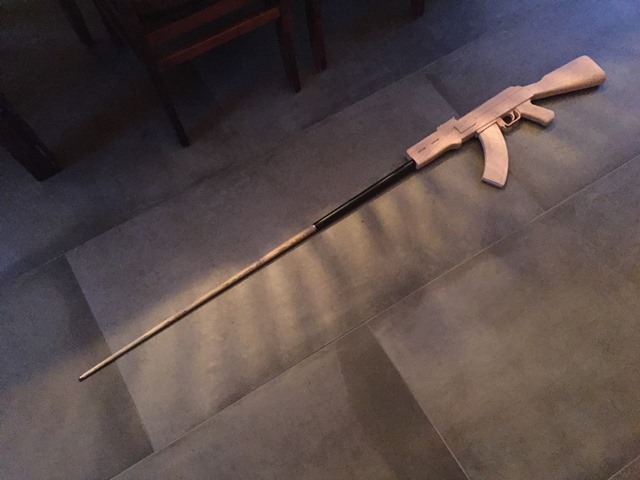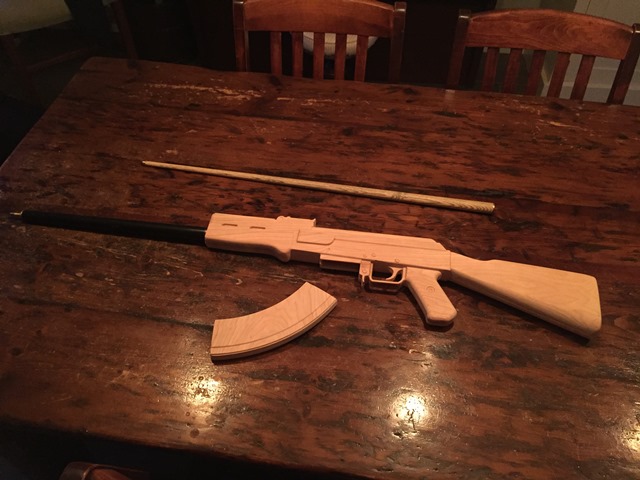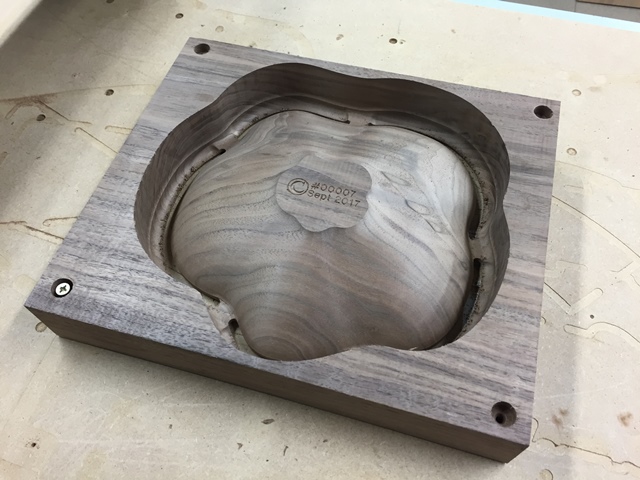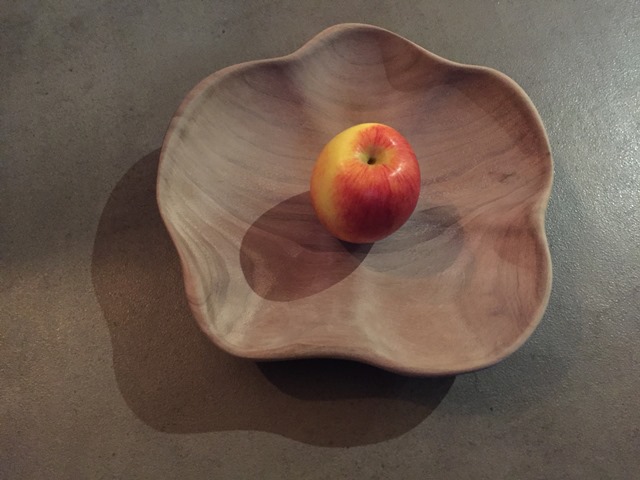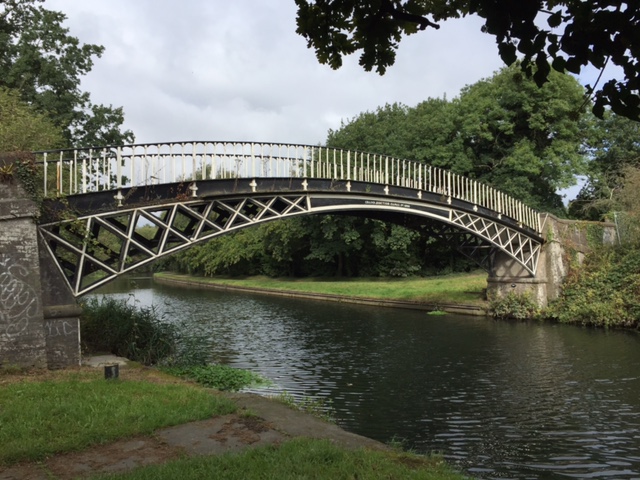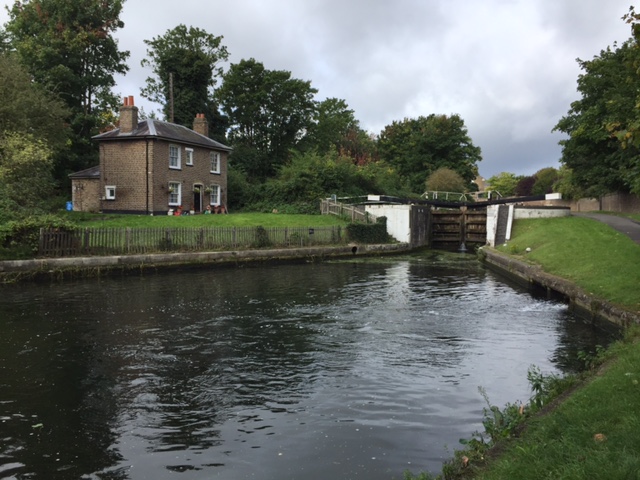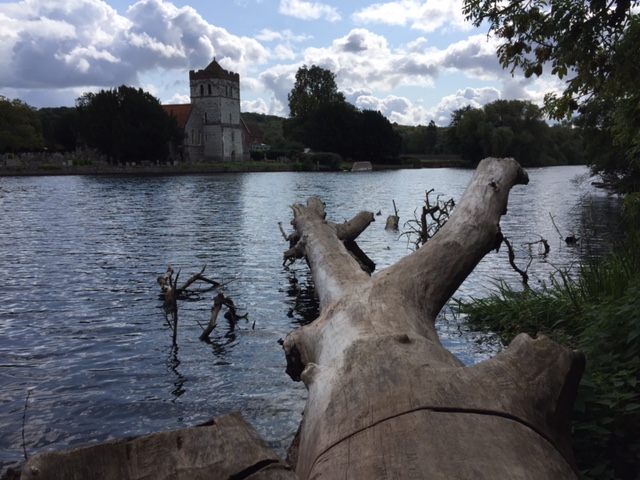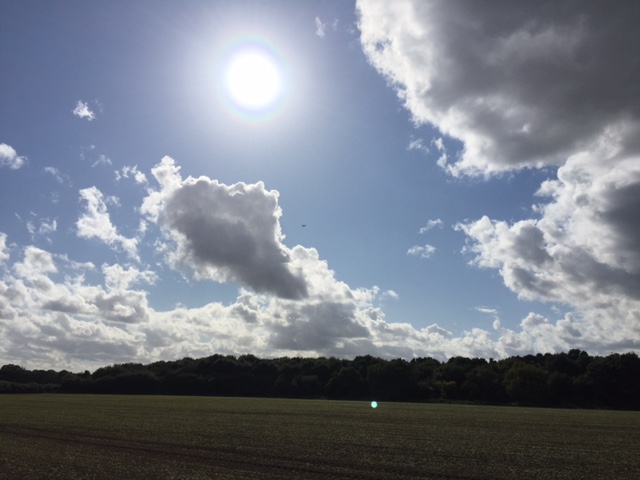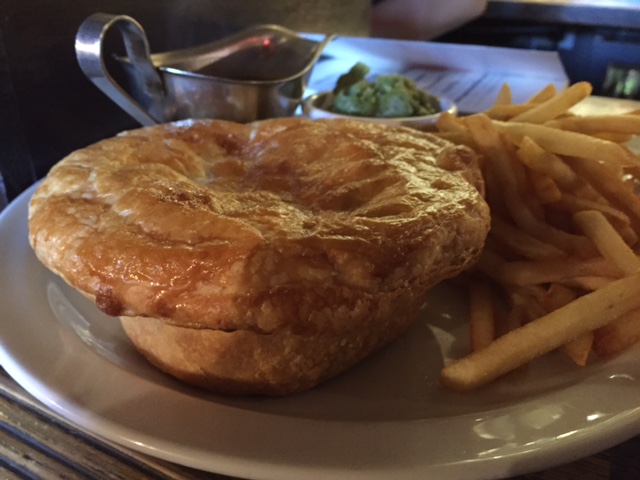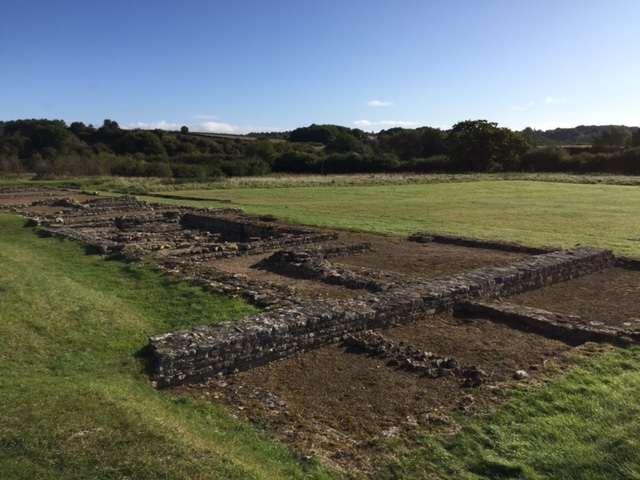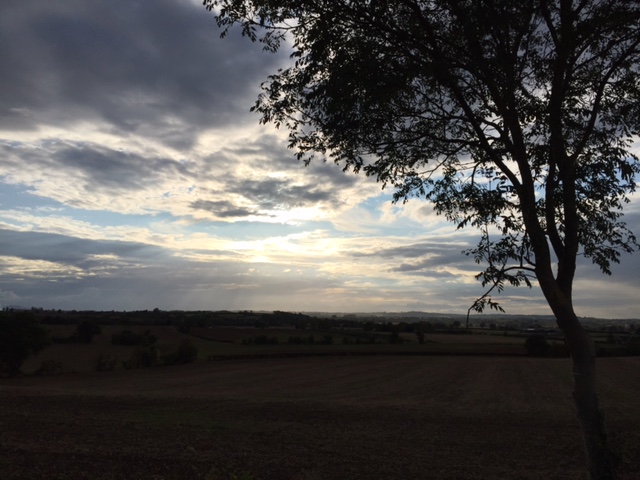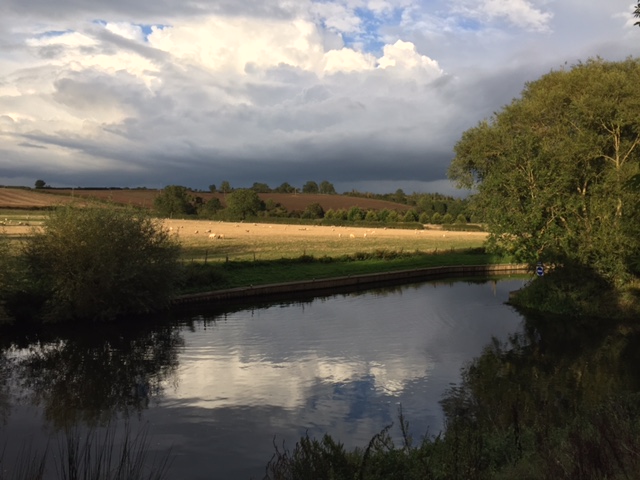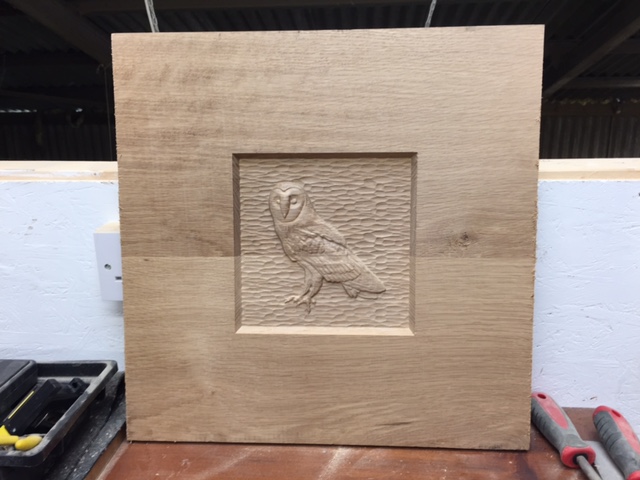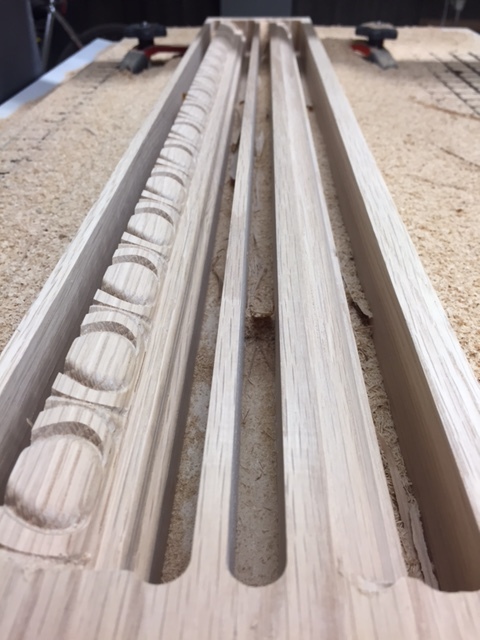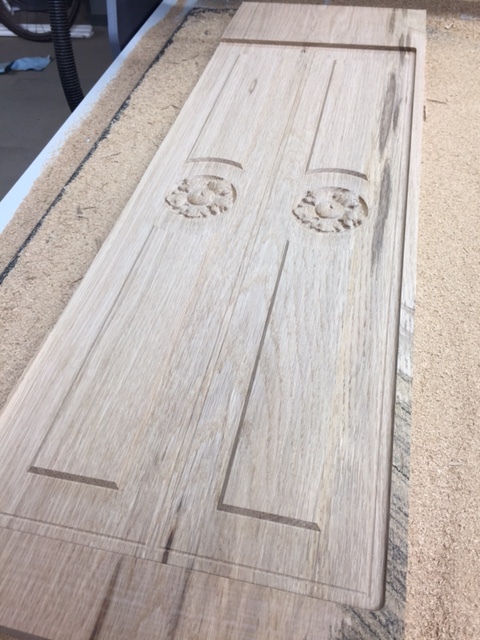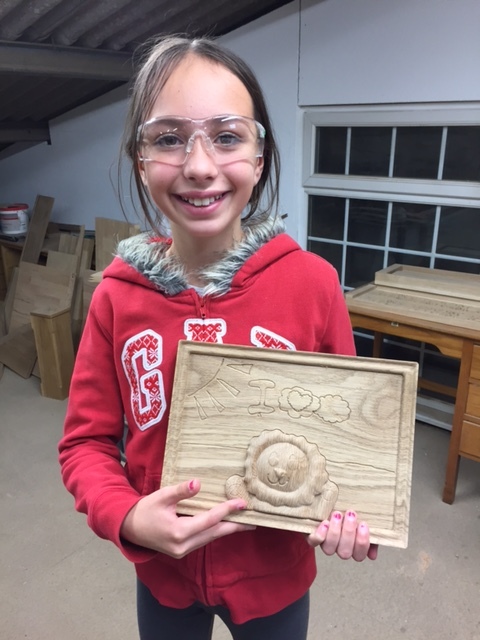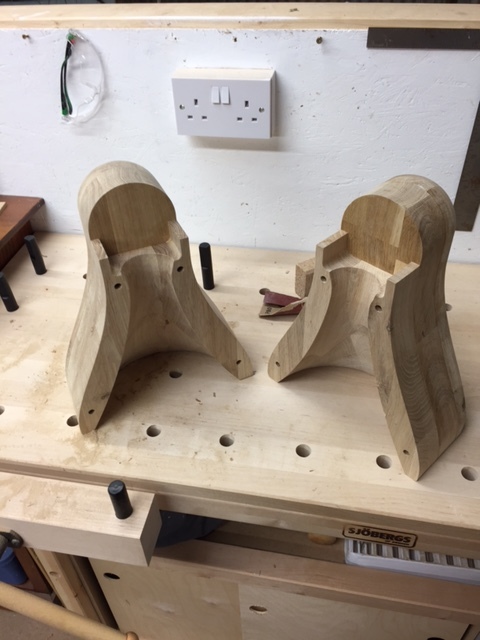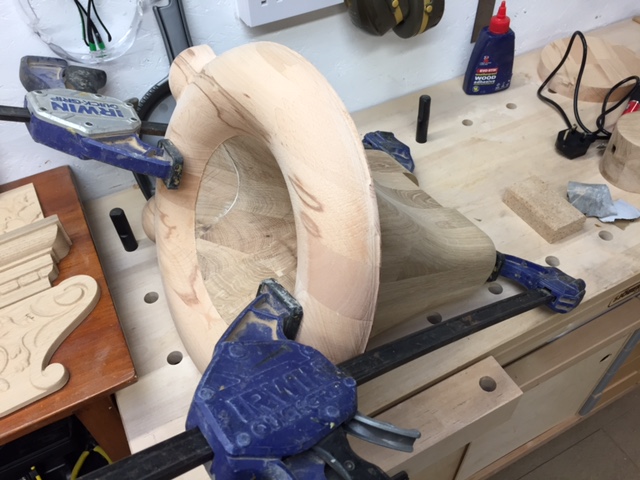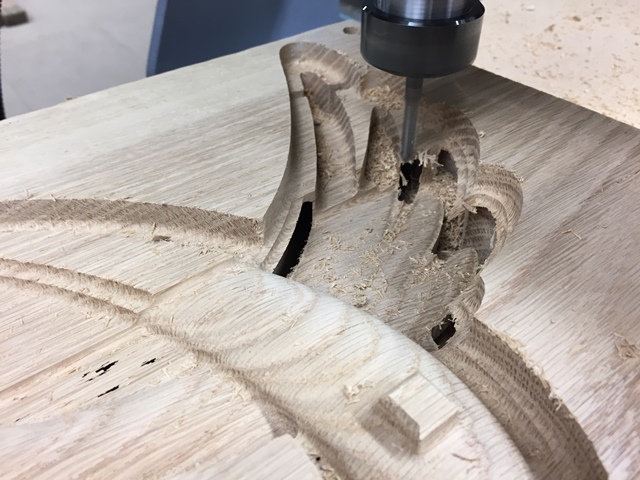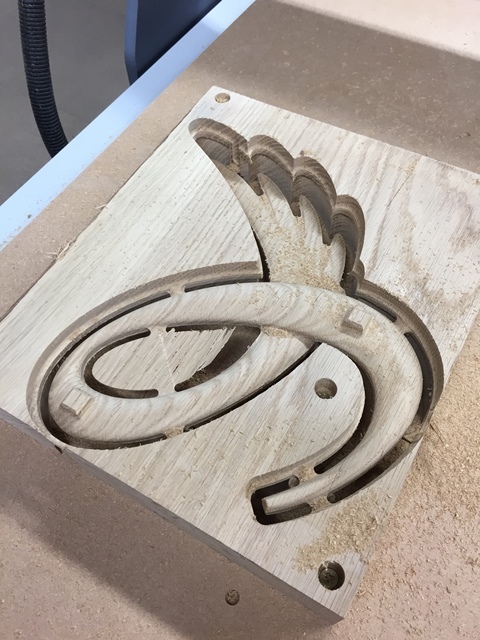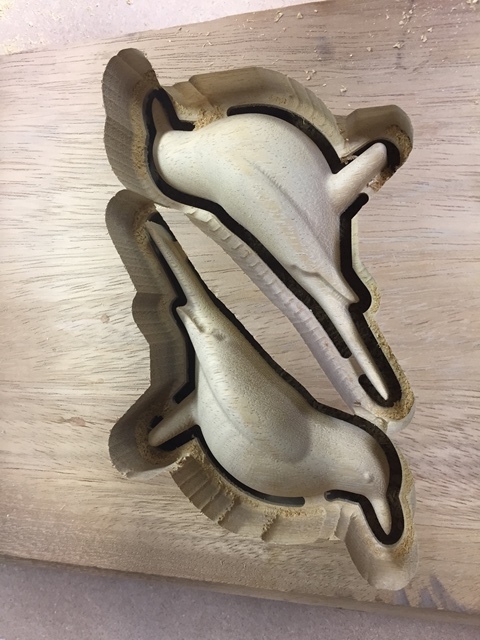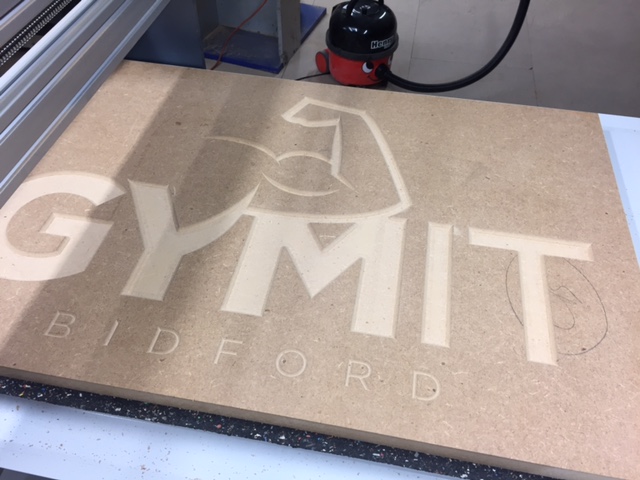I only managed a few days in the workshop this week so not too much to report. There are a couple of ongoing projects on the bench which are gifts - so I can't post photos of those yet. They are both in the finishing stage where I am still trying to figure out my preferred method for applying paint to text. I made a few tests this week and each method has pro's and con's so no definitive progress - although I should probably stop using oak as a material for projects with text as the grain is a pain to work with.
On Thursday we tentatively started the assembly process for the ornate mantel. This mainly involved cutting the carved components out of the stock material and thinking about how exactly it will all go together. You can see a shot below of nearly all the pieces that will go into the final mantel laid out on the bench before we started. A few of the detail carvings still needed cleaning up to remove some "fuzzies" and add a bit of definition in tight areas so I spent a couple of hours doing that. I also needed to cut some angular wedges to glue into the centre of the corbels which you can see below too. Now we've got our heads around the full extent of what needs doing we should make real progress next week in putting together the side columns and hopefully get to the large horizontal part.
To finish the week I spent a bit of time tinkering with an idea for inlaying different woods into a decorative bowl. This was really an experiment as I was not exactly sure how it would go together or if it would work at all. In this case I created a simple bowl with a rounded octagonal outline. The main bowl to be cut in walnut with maple inlays echoing the bowls top profile. The inlay was pre-machined and glued in before the bowl was cut from the wood. I surfaced this so it was level again then I used my normal 2-sided technique to cut top and bottom. It was intriguing watching the inlays emerge out of the wood and the combination of light and dark chips being created was also an unusual site while it carved.
The final result was mixed. As a proof of concept it worked well and from a design point of view the inlay looks very elegant and I like the way the octagon interacts with the sphere of the bowl. The biggest failure was the way the maple and walnut tore when the tool cut across the grain at the 12 O'clock and 6 O'clock sides. There are several reasons why I think this happened - such as not a tight enough fit for the inlay so a bad glue contact, cutting too fast, cutting across the grain, the shape of the bowl creating a point etc. As is always the case though I believe there are ways to combat all these so when time allows I'll cut another test when and look to account for the issues. Regardless I like how it looks so that is a plus and for every test you progress your knowledge...















